
By Joseph J. Torres and Thomas G. Bailey
Life in the Open Ocean: The Biology of Pelagic Species provides in-depth coverage of the different marine animal groups that form the communities inhabiting the ocean’s pelagic realm. This comprehensive resource explores the physical environment, foraging strategies, energetics, locomotion, sensory mechanisms, global and vertical distributions, special adaptations, and other characteristics of a wide array of marine taxa.
Bringing together the most recent information available in a single volume, authors Joseph J. Torres and Thomas G. Bailey cover the Cnidaria (stinging jellies), the ctenophores (comb jellies), pelagic nemerteans, pelagic annelids, crustaceans, cephalopods and pelagic gastropods, invertebrate chordates, as well as micronektonic and larger fishes such as sharks, tunas, mackerels, and mahi-mahi. Detailed chapters on each pelagic group describe internal and external anatomy, classification and history, feeding and digestion, bioluminescent systems and their function, reproduction and development, respiration, excretion, nervous systems, and more. Life in the Open Ocean: The Biology of Pelagic Species is the first book of its kind to address all of the major animal groups comprising both the swimmers and drifters of the open sea.
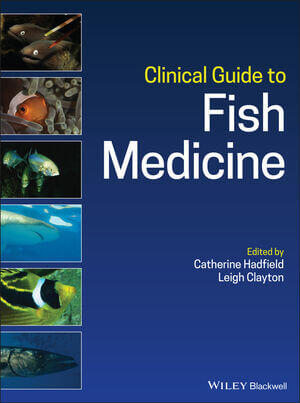
This Book is Available For Premium Members Only


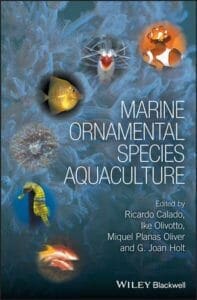

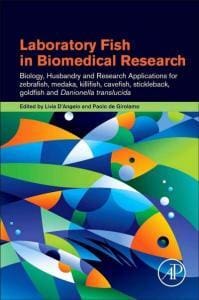
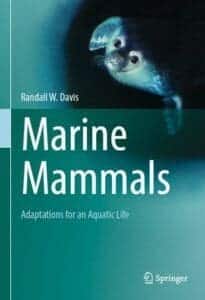
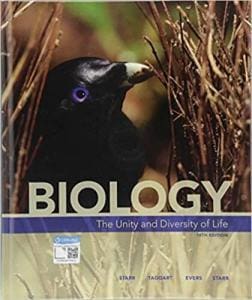
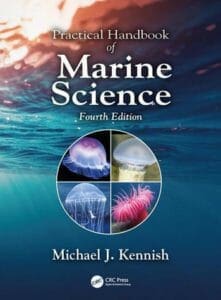





![Ettinger’s Textbook of Veterinary Internal Medicine 9th Edition [PDF+Videos] Ettinger’s Textbook of Veterinary Internal Medicine 9th Edition [True PDF+Videos]](https://www.vet-ebooks.com/wp-content/uploads/2024/10/ettingers-textbook-of-veterinary-internal-medicine-9th-edition-100x70.jpg)

![Textbook of Veterinary Diagnostic Radiology 8th Edition [PDF+Videos+Quizzes] Thrall’s Textbook of Veterinary Diagnostic Radiology, 8th edition PDF](https://www.vet-ebooks.com/wp-content/uploads/2019/09/textbook-of-veterinary-diagnostic-radiology-8th-edition-100x70.jpg)






